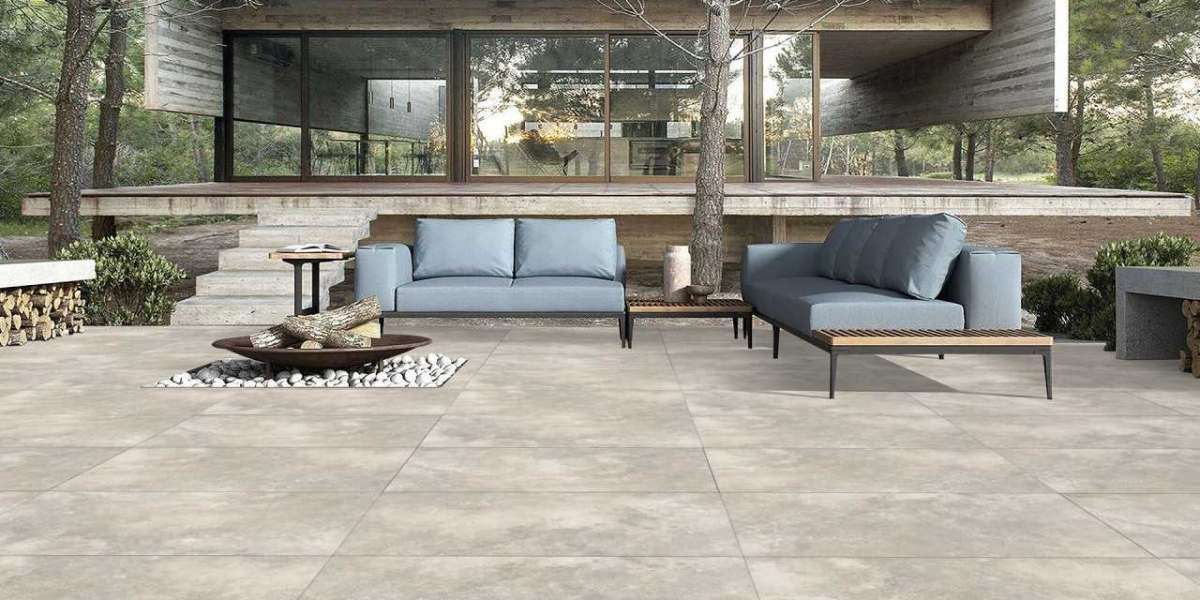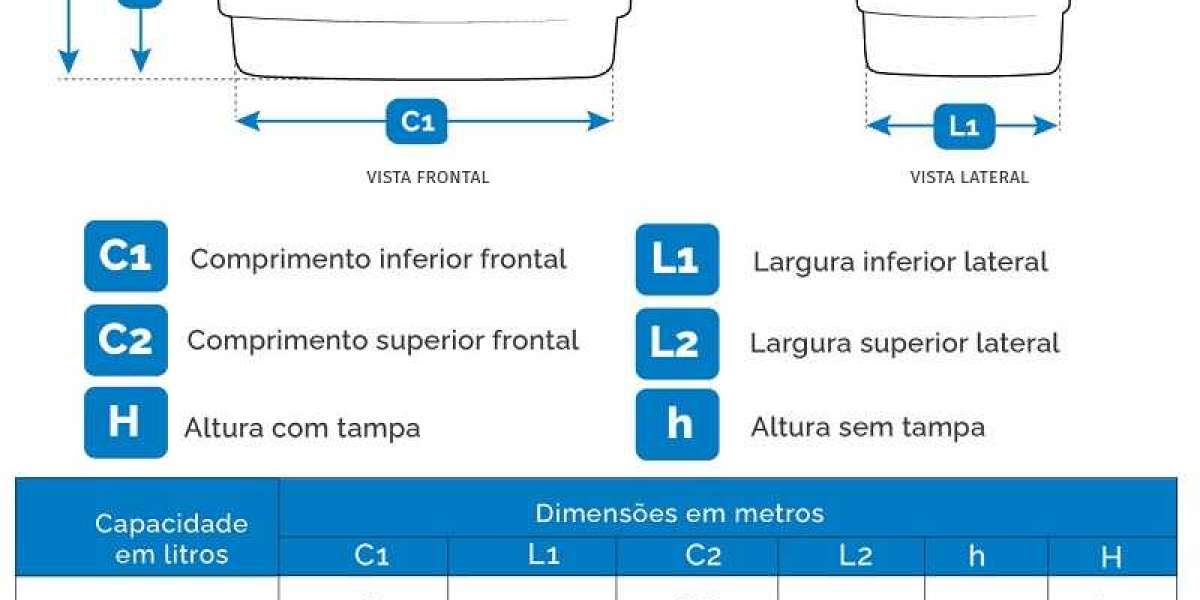Creating a seamless transition between indoor and outdoor spaces is one of the most popular design trends today. Homeowners and architects alike are embracing open-plan layouts, blending the natural beauty of the outdoors with the comfort and elegance of interior living spaces. To achieve this aesthetic, one crucial element that plays a key role is the choice of flooring material. In our project, we opted for full body porcelain tiles to bring together the indoor and outdoor spaces in a way that feels natural, continuous, and visually appealing.
In this analysis, we will explore how full body tiles were used to achieve this seamless design, their advantages over vitrified tiles, and the key considerations involved when making this choice. We'll also briefly touch upon the role of Wintel Vitrified tiles, offering insight into why full body tiles emerged as the superior option for our specific project.
Understanding Full Body Porcelain Tiles and Their Characteristics
Full body porcelain tiles are a high-quality flooring option that extends through the entire tile body, which means that the color and texture you see on the surface run throughout the thickness of the tile. This feature makes them exceptionally durable, scratch-resistant, and suitable for both high-traffic areas and external environments. Unlike other tile options, where only the surface layer is glazed or colored, full body tiles offer a consistent appearance even if chipped or worn down over time.
Full body tiles have a number of characteristics that make them ideal for creating a seamless indoor-outdoor transition:
Durability: Their tough composition makes them suitable for both interior and exterior use, even in areas exposed to harsh weather conditions.
Slip Resistance: Many full body tiles have anti-slip finishes, essential for outdoor areas that may become wet.
Aesthetic Continuity: With full body tiles, the consistency in color and pattern from top to bottom allows for smooth transitions between spaces, without breaks in the design.
Full Body Tiles vs. Vitrified Tiles: The Core Differences
In our project, we compared full body porcelain tiles with vitrified tiles, a popular alternative in flooring and tiling. Both options have their own set of advantages, but when it comes to creating an indoor-outdoor continuity, full body tiles offered distinct benefits.
Composition: Full body tiles are composed of fine porcelain and pressed at very high pressure, making them incredibly dense and strong. On the other hand, vitrified tiles undergo a process where silica is melted into the clay body to create a glass-like finish. While vitrified tiles are durable, they tend to have a glazed top layer, which, if damaged, will reveal a different interior layer, interrupting the visual consistency.
Color Consistency: Since full body tiles have the same color and pattern throughout the tile, they maintain a consistent appearance even when chipped. In contrast, vitrified tiles with a surface glaze will show the difference in color when chipped or worn, breaking the seamless look that is essential for indoor-outdoor transitions.
Resistance to Weather and Wear: Full body tiles are much better suited to outdoor use due to their resistance to frost, high moisture levels, and UV rays. Vitrified tiles, while sturdy, may not perform as well under extreme outdoor conditions.
While Wintel Vitrified tiles were initially considered due to their durability, full body tiles proved to be a better fit for creating the unified look we desired.
How Full Body Tiles Were Applied to Create Seamless Spaces
1. Choosing the Right Tile Design and Finish
The first step in our project was selecting the right design and finish for the tiles. Since the goal was to create a seamless transition between the indoor and outdoor spaces, we chose a tile design that would complement both environments. We opted for natural stone-look full body tiles in neutral shades of gray and beige, which effortlessly blended into the surrounding garden and patio while adding a sophisticated touch to the interior.
The finish was equally important. For the interior, we used a smoother, more polished finish, which complemented the living room’s modern furniture and décor. For the exterior, we selected tiles with a matte, anti-slip finish to ensure safety when walking on them, especially during rainy days.
2. Maintaining Consistency in Grout Lines
One of the biggest challenges when designing with tiles is ensuring the grout lines don't disrupt the overall aesthetic. For this reason, we carefully selected a grout color that closely matched the tiles to minimize its visibility. Furthermore, we ensured that the grout lines between the indoor and outdoor tiles were perfectly aligned, creating an uninterrupted flow that visually extends from the living room to the outdoor patio.
3. Continuing the Tile Layout Across the Threshold
The seamless effect hinges on eliminating visual breaks at the threshold between indoor and outdoor spaces. To accomplish this, we used the same size and layout pattern for the tiles in both areas. In our case, we opted for large-format tiles to reduce the number of grout lines and give the appearance of a continuous, expansive surface. This layout allowed the eye to travel effortlessly from inside to outside, emphasizing the seamless connection between the two spaces.
4. Ensuring Proper Installation for Outdoor Conditions
Because outdoor tiles are exposed to different weather elements, including moisture, UV rays, and temperature fluctuations, it was important to ensure that they were installed properly. We used specialized adhesive and waterproofing materials to prevent water from seeping beneath the tiles, which could lead to warping or cracking over time. Additionally, the tiles were installed with a slight slope to allow for proper drainage, ensuring that water does not accumulate on the surface, especially after heavy rains.
Advantages of a Seamless Indoor-Outdoor Transition with Full Body Tiles
The use of full body porcelain tiles for both interior and exterior spaces resulted in several benefits that transformed the project:
Visual Continuity: The most obvious advantage is the aesthetic appeal. The seamless transition creates the illusion of larger spaces and connects the two environments, enhancing both the indoor and outdoor experience.
Increased Property Value: A unified, high-quality design that connects indoor and outdoor spaces is attractive to potential buyers, boosting property value.
Durability and Low Maintenance: Full body tiles require minimal maintenance compared to natural stone, wood, or other materials that might be used outdoors. Their durability ensures that the seamless effect will last for years without the need for frequent repairs or replacement.
Flexibility in Design: Full body tiles come in a wide range of finishes, textures, and colors, making it easy to match different design styles—whether you're aiming for modern, rustic, or transitional aesthetics.
Conclusion
By choosing full body porcelain tiles, we were able to create a truly seamless indoor-outdoor space that offers durability, aesthetic appeal, and functional benefits. Although Wintel Vitrified tiles were a viable option, full body tiles won out due to their superior resistance to wear and tear, especially in outdoor settings, and their ability to maintain visual consistency even under heavy use.
In any design project that aims to integrate indoor and outdoor spaces, the materials used must align with both functional requirements and aesthetic goals. Full body tiles offer an ideal solution, providing the perfect balance of beauty, durability, and seamlessness to create a space that feels open, inviting, and unified.








